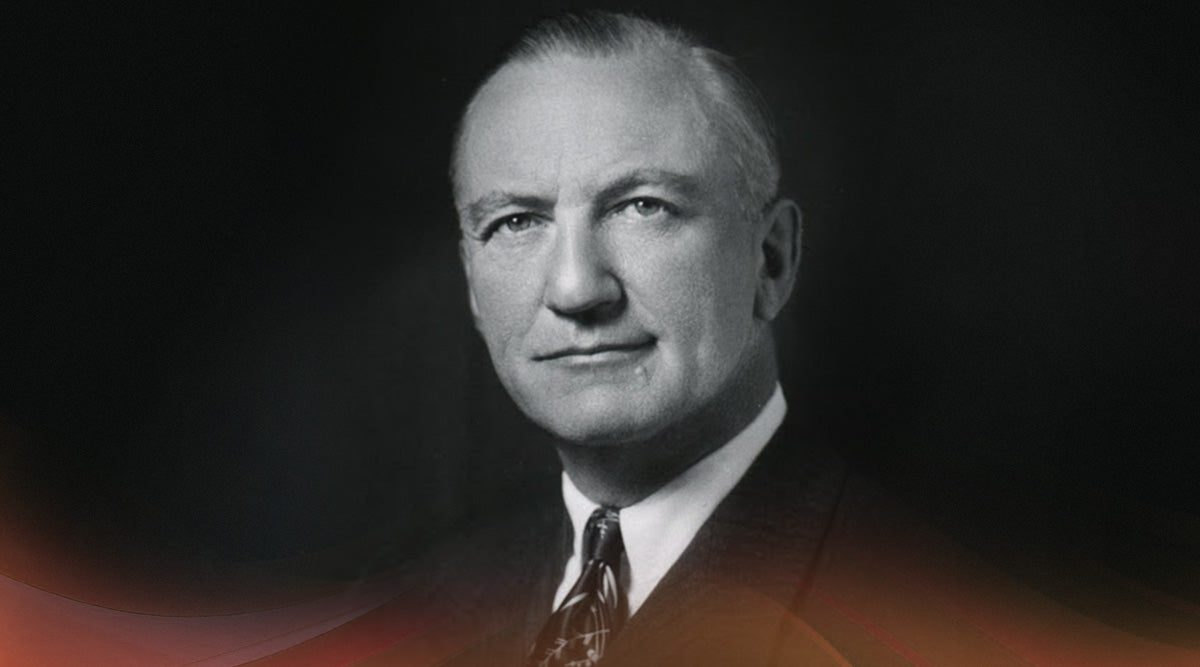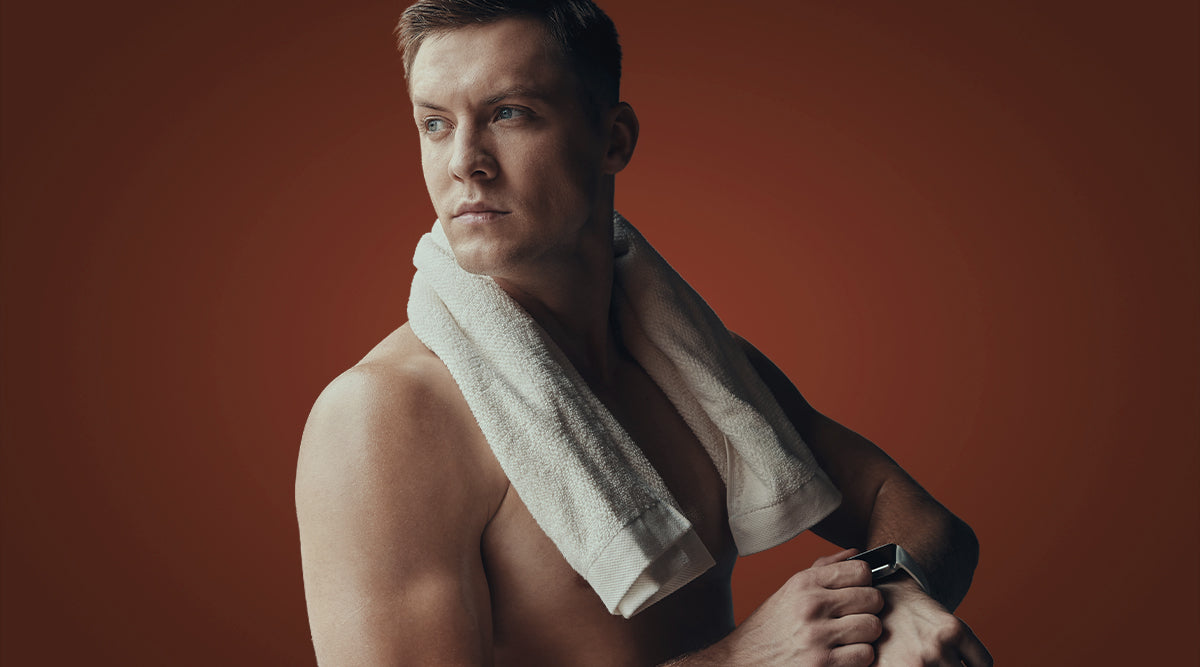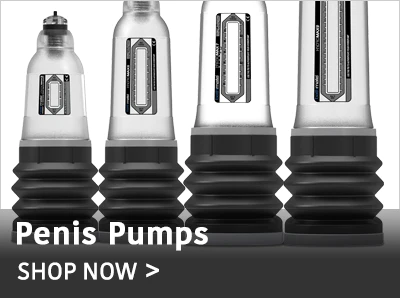How It Works Mobile
Health Benefits Mobile

Who Invented Kegel Exercises? The Story of Arnold Kegel
Who Invented Kegel Exercises? The Story of Arnold Kegel
4 min read
4 min read
Ever wondered who came up with Kegel exercises? Meet Dr. Arnold Kegel, the gynecologist who developed these pelvic floor workouts in the late 1940s to help patients strengthen their pelvic muscles and improve overall health.

Science-based guidance to improve your sexual health & performance.
By The Private Gym Team
Kegel exercises, known for strengthening the pelvic floor muscles, have become widely popular among men due to their many health benefits. These exercises can improve bladder control, prostate health, and sexual performance, making them valuable to any fitness routine. Additionally, they help prevent conditions like pelvic organ prolapse.
Despite their popularity, not many people know the origins of kegel exercises. They were created by a dedicated doctor looking for a non-surgical solution to weak pelvic muscles. His work helped many patients and established the foundation for modern pelvic health practices. This journey has a rich history that still influences health and wellness today.
So, who invented Kegel exercises, and how have they evolved?
Who Invented Kegel Exercises
Dr. Arnold Kegel, a gynecologist born in 1894, invented Kegel exercises in the late 1940s. He was a successful gynecologist in the USA. He observed that many women he treated had weak pelvic floor muscles after childbirth, leading to issues like stress incontinence, prolapse, and sexual dysfunction. The levator ani muscle, a crucial part of the pelvic floor muscles, plays a significant role in supporting pelvic organs and preventing conditions like urinary incontinence and pelvic organ prolapse.
Determined to find a non-surgical solution, Dr. Kegel developed exercises to strengthen these muscles. Weak pelvic floor muscles can lead to issues like prolapse of pelvic organs such as the bladder, uterus, and rectum.
In 1948, Dr. Kegel published his groundbreaking paper, “A Nonsurgical Method of Increasing the Tone of Sphincters and Their Supporting Structures.” This 18-year study revealed the significant impact of pelvic floor muscles on overall health and provided practical advice on strengthening them through targeted exercises.
The Kegel Perineometer Assists Pelvic Floor Muscle Training

Dr. Kegel also invented the Kegel perineometer to assist his patients in performing the exercises correctly. The device helps improve pelvic floor muscle strength, which addresses issues like prolapse and urinary incontinence. He found that many patients struggled with the exercises initially and became discouraged.
To address this, he provided the perineometer for home use, allowing patients to monitor their progress visually. This innovation led to remarkable results, with Dr. Kegel achieving a 93% cure rate by 1950.
Despite initial skepticism, Dr. Kegel’s exercises proved effective and were widely adopted. His work highlighted the importance of pelvic health and offered a practical solution that has benefited countless individuals over the years.
Ancient History of Pelvic Floor Muscle Exercise

The concept of strengthening pelvic floor muscles existed long before Dr. Kegel’s time. Ancient civilizations had methods for improving pelvic health, focusing on strengthening the perineal muscles to increase strength and control.
For instance, ancient Chinese medicine included specific exercises to improve pelvic strength and function to maintain overall health and well-being.
Similarly, yoga, an ancient practice from India, has poses that engage and strengthen the pelvic muscles. These yoga poses have been practiced for thousands of years, showing a deep understanding of the importance of pelvic health in maintaining a balanced body.
These early practices demonstrate that people have recognized the importance of pelvic health for a very long time. They laid the groundwork for modern techniques like Kegel exercises, which are still used today. Ancient methods have shaped our exercises, proving pelvic health has always been important across cultures and times.
Scientific Research and Evidence Supporting Kegel Exercises

Over the years, numerous scientific studies and clinical trials have supported the effectiveness of Kegel exercises for muscle strengthening and improving pelvic health. Research has shown that these exercises can significantly benefit both men and women in various ways.
One notable study found that women who regularly performed Kegel exercises experienced a significant reduction in urinary incontinence. This study, involving a large group of postpartum women, demonstrated that those who practiced Kegels had better control over their bladder functions than those who did not. Additionally, pelvic floor muscle exercise has been shown to strengthen pelvic floor muscles post-partum and due to aging.
Another study focused on men, particularly those who had undergone prostate surgery. The research indicated that men who performed Kegel exercises had improved urinary control and reduced symptoms of incontinence post-surgery. This study highlighted the importance of pelvic floor exercises in aiding recovery and enhancing the quality of life for men after prostate procedures.
A comprehensive review of multiple studies concluded that Kegel exercises are a highly effective, non-invasive treatment option for pelvic floor dysfunction. The review emphasized the importance of proper technique and consistency in performing these exercises to achieve the best result in treating pelvic floor weakness.
Overall, scientific evidence strongly supports the benefits of Kegel exercises for men and women. These studies confirm that regular practice can significantly improve pelvic health, urinary control, and sexual function, making Kegels a valuable addition to anyone’s fitness routine.
Learn to Do Kegel Exercises That Yield Results With Private Gym

Dr. Arnold Kegel’s exercises have a rich history, reaching back far beyond Dr. Kegel’s time. Although his work brought these exercises into the spotlight, their benefits and roots span different cultures and eras. By doing Kegel exercises regularly, men can enjoy a healthier and stronger pelvic floor.
At Private Gym, we provide specialized kegel exercise programs to help men achieve tangible results from Kegels. Our best-selling Kegel exercise program ensures you target the right muscles and progress steadily. Our sexual performance coaches will guide you to prevent overexertion to more efficiently achieve stronger pelvic floor muscles, better bladder control, and enhanced sexual health. This program is designed to help in achieving better pelvic floor muscle strength.
RELATED ARTICLES

The Benefits of Kegels for Men
6 min read

Signs of Overdoing Kegel Exercises in Men
6 min read

How Long Do Male Kegels Take to Work?
6 min read
Recent Articles
- 12 Types of Female Orgasms: How to Help Her Experience Each One
- Why I Recommend You Get a Tantric Couch
- The Downsides of Penis Enlargement Surgery: Risks and Alternatives
- Bathmate vs. Air Pumps
- Bathmate Results: Penis Pump Before & After
- Side Effects of Catuaba
- Health Benefits of Catuaba
- 12 Essential Tips for a Healthy Penis
- Can Quadriplegic Men Have Sex?
- Sexual Function for Men After Spinal Cord Injury






























